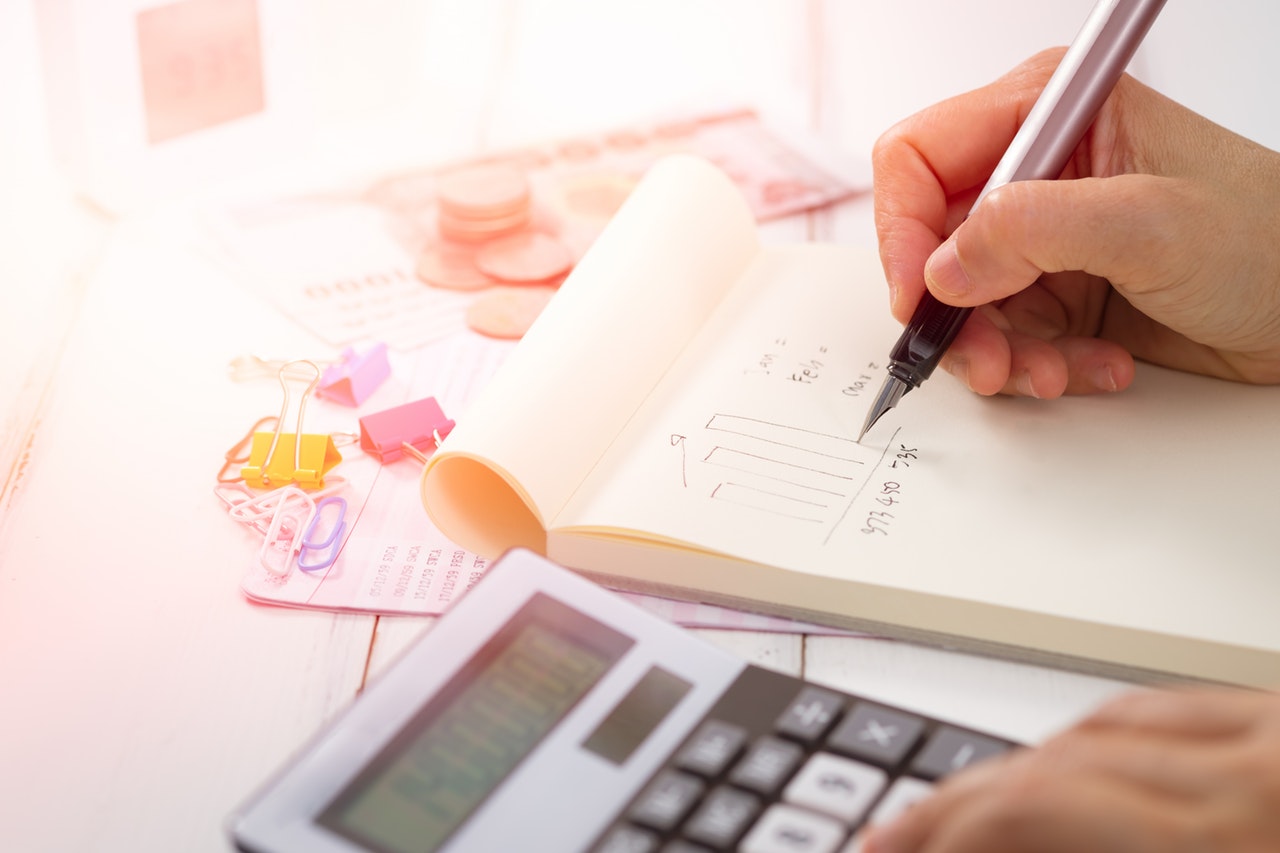The year is drawing to a close, which means tax season is right around the corner. Whether you are filing taxes on your own, or working with a professional CPA, you want to be ready well in advance. This is why you should start organizing the documents and information you need as soon as possible.
To make sure you are ready for tax season, let’s review some of the things you need.

First, you need to review your personal information. This includes full names and Social Security Numbers (SSNs) for you, your spouse, and any dependents listed on your tax form. Birthdates and any childcare records will also be required.
All of this information needs to be presented with your tax forms when you file them.
To make the filing process easier for yourself, it would be wise to gather all your tax returns from the previous year. This information may help with filing this year’s taxes as well, since some payments from the previous year can carry over. If you are using tax return software for the first time, these returns also serve as a form of verification.
It is recommended that you hold onto your tax returns for up to three years. If you are unable to find your returns, you can order a tax transcript from the IRS instead.
If you are currently employed, you will receive a W-2 form from your employer before the end of January. The form will show you how much money you have earned the past year, and how much was held for taxes. The information on this form is crucial for filing your taxes, so keep a sharp eye out for it in the mail.
If February arrives and you still don’t have your form, you need to request it from your employer as soon as possible.
1099 forms are also crucial for tax preparation. These forms come in a few different types, and each one ends in a suffix that represents the associated payment type. A few notable examples include:
Most of these forms will be sent before January ends, and are due before the end of February. Review your financial information to ensure you get all the forms you need.

If you are self-employed, you will need to compile information about payments that you’ve made in the past year in order to make deductions. You will need to gather credit card statements, receipts, and check registers, among other documents.
If you are a teacher for grades K-12, be sure to gather records for classroom supplies you’ve purchased. These expenses can also be deducted when you file your taxes.
Medical expenses, which include any payments made to medical professionals, can also be deducted. Payments for prescription drugs and transportation to medical facilities are also eligible. Be sure to collect records for any medical payments you have made so you can make these deductions.
Hang onto your hospital bills, and reach out to your local pharmacy for records on prescriptions you have paid for.

Tax deductions are often made on educational expenses. Students who made qualified payments, like tuition payments, will be sent Form 1098-T. If you have student loan interest of more than $600, you will receive Form 1098-E as well. To receive deductions on educational expenses, you will need to file these forms.
Collecting receipts you have for educational payments so you can confirm that you need to file these forms. You also need to present records of any scholarships you have received in the past year.
Did you make any charitable donations this past year? Depending on what it was that you donated (such as furniture), you can make tax reductions on them as well. You just need the associated donation receipts so you have proof to show to the IRS.
These receipts need to show the organization you donated to, the date the donation was made, and the value of the items you donated. Be sure to hold onto these receipts, because you will not be able to get the deductions without this verification.
Retirement plans are quite beneficial, since they allow you to put some of your income to the side before it gets taxed. In addition, these contributions are tax deductible, as long as you don’t exceed a specific limit. To make these deductions you need records for all your contributions, as well as some additional forms.
Form 1099-R is for anyone who makes retirement donations, so make sure you get it as soon as possible. If you have an individual retirement plan (IRA), you need to file Form 5498 as well.
When filing your taxes, you may need certain tax schedules, depending on the deductions you want to make. This is typically done to record things such as interest income. Here are some of the most commonly filed schedules:
